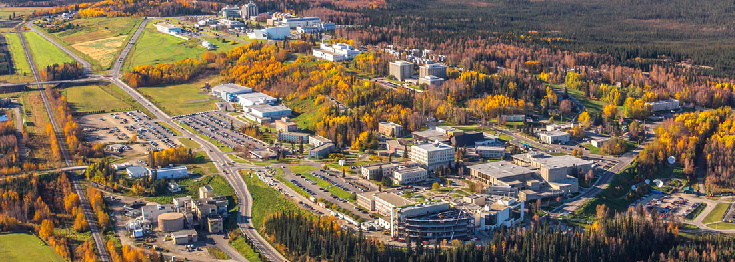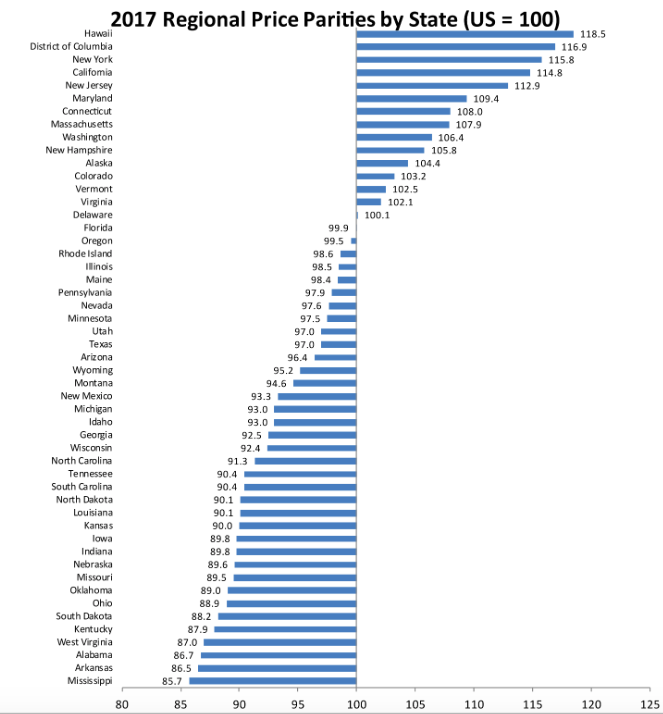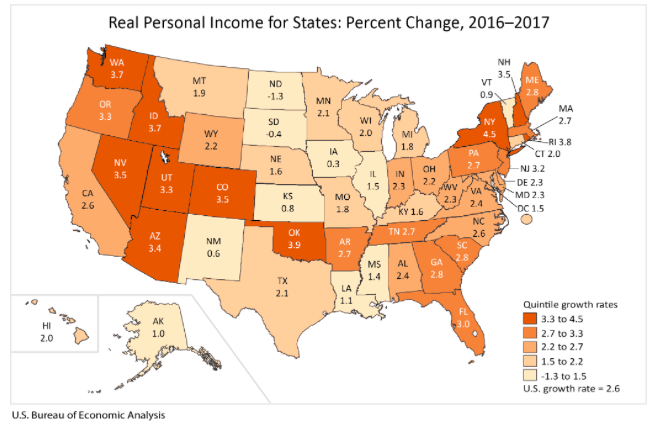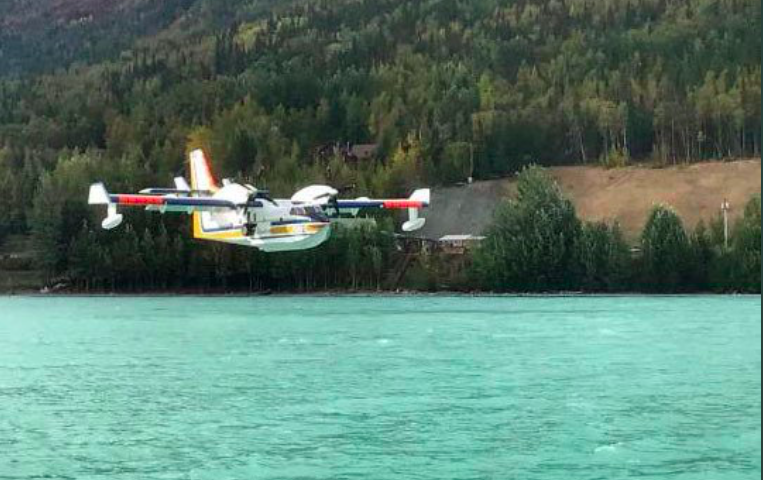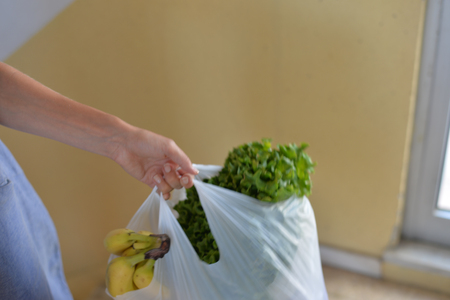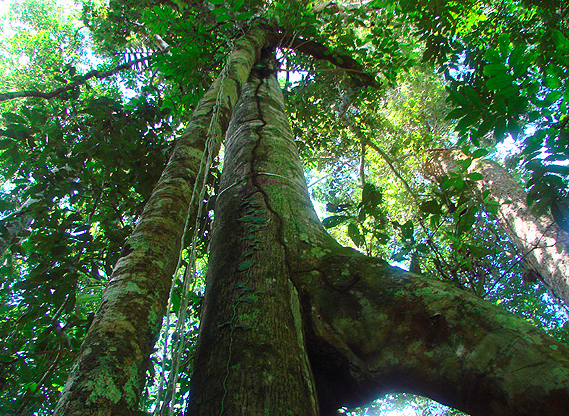By ART CHANCE
SENIOR CONTRIBUTOR
I can manage a bit of sentimentality about the labor movement around Labor Day, and it is more poignant as I learned this week of the passing of International Brotherhood of Electrical Workers leader and former Commissioner of Labor Tom Cashen, one of the last of the “old hands” and a good guy.
I knew him well enough to say hello and we’d address each other by name when he was commissioner, and I knew of him when I was involved in organized labor in the 1970s.
Tom was of the era of the George Meany AFL-CIO, after the communists had been run out or run to ground, and labor leaders were trade unionists first and political players second, and then only when the politics were in their direct interests.
Tom was probably best known in his time as commissioner of Labor for a sign on his office wall that said, “The State of Alaska Should Not be a Chicken-shit Employer.” I didn’t agree that it was generally true, but it certainly could be at times, and I agreed with the sentiment.
Those who haven’t (and that would be most of today’s Alaskans) should read John McPhee’s “Coming Into the Country.” McPhee gives a pretty good view of organized labor and Democrat politics in Pipeline Era Alaska.
Tom was a member of the leadership cohort of those days. I was a briefcase-toter, not a leader back then, but close enough to know most of the leaders and know the views of those labor leaders. Some of them could be venal, even corrupt, and all of them could be avaricious if an employer was foolish enough to let them, but their first interest was the welfare of their members and they all had a care for the well-being of the State of Alaska and its res publica.
The AFL-CIO of that day was adamantly opposed to Gov. Jay Hammond’s anti-development stances; they wanted the money on the street, and they wanted it now. Almost everyone in labor in those days blithely assumed that as soon as the oil line was finished, the gas line would begin. As the out-of-work lists at the union halls filled up and there was no gas line in sight, a fine edge of panic began to show in labor.
Even so, Labor generally supported the Permanent Fund and the post-Pipeline Permanent Fund dividend, even though every dime that went to the Fund wasn’t available for Capital projects to put their members to work.
It is noteworthy that almost none of the Pipeline Era labor leaders survived the mid-Eighties oil price crash. Tom survived and he did it the old-fashioned way — he kept his members happy.
Almost all the “old hands” have moved on or passed on and with them has gone any notion of the “harmonious and cooperative relations” that the perambulatory language of the 1972-enacted Alaska Public Employment Relations Act extols. Tom Cashen was of the days when a union rep and an employer rep could pound their chests at each other all day and meet for a friendly drink and conversation at the nearest bar at the end of the day.
Those days are all but gone. Today, I can count on less than the fingers of one hand the union reps that I’d be in the same room with unless I was being paid to be there. My younger successors in State labor relations have never really known anything like a collegial relationship with most of their union counterparts.
Tom Cashen was from a time of collegial, if adversarial, relations. As people like him and his peers pass on, we move closer and closer to being only warring tribes.
Art Chance is a retired Director of Labor Relations for the State of Alaska, formerly of Juneau and now living in Anchorage. He is the author of the book, “Red on Blue, Establishing a Republican Governance,” available at Amazon.



